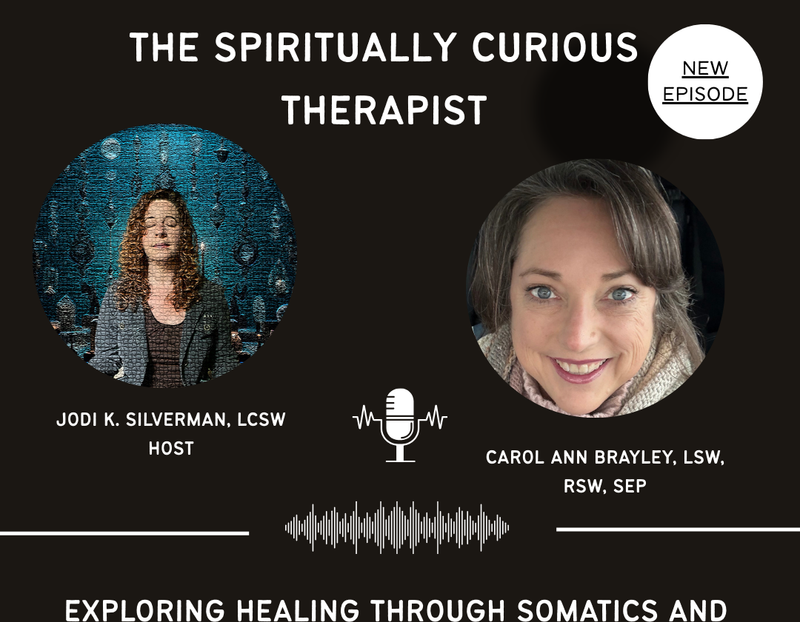Blog #safe and sound protocol
Real stories. Deep healing. Nervous system care for people and their pets.
I’ve launched a new Reddit community — r/Exploring_SSP_RRP! It’s a safe, supportive space for clients, prospective clients, and providers to explore the Safe and Sound Protocol (SSP) and Rest & Restore Protocol (RRP), ask questions, and share experiences.
Read MoreDiscover how the Safe and Sound Protocol (SSP) can support not only humans but also our beloved pets. In this post, I share my dog Amy’s remarkable transformation—from anxious and sound‑sensitive to calm and playful—and explain how SSP and RRP can help both species experience greater safety and regulation. I also outline common areas of improvement for humans after SSP and note that when clients work with me, I include supervision of their pet’s listening process at no extra cost.
Read MoreExplore new SSP and RRP options, including flexible pricing and support levels to meet your nervous system’s needs. Whether you prefer a fully coregulated process or more independent listening, there’s now a package that fits you - or your child - just right.
Read MoreIn this review of Safe and Sound: A Polyvagal Approach for Connection, Change, and Healing, I explore how the book showcases the power and flexibility of the Safe and Sound Protocol (SSP) through a wide range of real-life case studies. From subtle shifts to dramatic transformations, and from in-person to remote delivery, the stories span diverse client concerns—including trauma, chronic illness, anxiety, dissociation, and more. Whether you’re a provider or someone exploring nervous system healing for yourself, this book offers deep insight into what’s possible when we truly listen to the body.
Read MoreThis inspiring case study explores the profound impact of microdosed SSP on a highly complex teen with dyslexia, school trauma, and PDA. Despite listening to only four minutes of SSP Core, he began writing a trilogy - 300,000 words long so far - alongside remarkable gains in emotional regulation, verbal expression, and creative output.
Read MoreThis article explores the relationship between the Safe and Sound Protocol (SSP) and tinnitus—clearing up common misconceptions, explaining potential risks, and highlighting how thoughtful pacing and expert guidance can make SSP safe - and in some cases, even beneficial for those with tinnitus.
Read MoreIn this podcast interview, I share how I work as a therapist using Somatic Experiencing, Brainspotting, SSP, RRP, and intuition to support deep, lasting change. We explore nervous system healing, provider alignment, polyvagal-informed therapy, and even using SSP with pets.
Read MoreDiscover how the Safe and Sound Protocol (SSP), sometimes in combination with Somatic Experiencing, Brainspotting, and the new Rest & Restore Protocol (RRP), can support those living with misophonia and misokinesia. Drawing from real-life case examples, this article explores how nervous system regulation can lead to profound shifts—even after years of struggle—and why healing often begins by helping the body feel safe again.
Read MoreNo matter what healing approach you offer, your presence is part of the medicine. This article shares three essential pillars that help any provider build a practice that feels joyful, sustainable, and truly aligned—with support for both your clients and your own nervous system.
Read MoreWorried about “side effects” with SSP? You’re not alone—but what many call side effects are actually signs of a nervous system in motion. In this post, I share why I get excited (not alarmed) by temporary dysregulation, how exquisitely sensitive clients often respond most powerfully, and why titration is the key to success. Whether you’re a provider or a client, this perspective might just shift how you view the process—and the possibilities.
Read MoreA story about how an interaction with a warm, funny personable nurse affected my nervous system during a time of stress and fear, in a way that mirrors what the Safe & Sound Protocol (SSP) does for our physiology.
Read MoreWatch the recording of "How Anxiety Manifests in the Nervous System". Unyte Health welcomed Carol Ann Brayley, neurodivergent clinical social worker, Somatic Experiencing Practitioner and expert Safe and Sound Protocol (SSP) provider to this Provider Spotlight webinar. This session highlighted her clinical use of the SSP within the context of anxiety, the nervous system and physical health. Exploring the evolutionary basis of anxiety and what happens to our nervous system when we’re anxious, this webinar shared considerations for approaching SSP delivery with anxious clients and how their nervous system may respond. We discussed how the SSP can lessen anxiety by cultivating an internal state of safety and social engagement and discussed practical success stories. You can expect to learn: What the purpose of anxiety is and how it can manifest in the body and nervous system. Strategies for grounding anxious clients. Effective SSP titration for maximized therapeutic impact. How adding the SSP can add to your practice.
Read More










